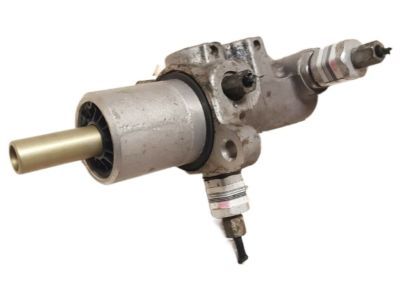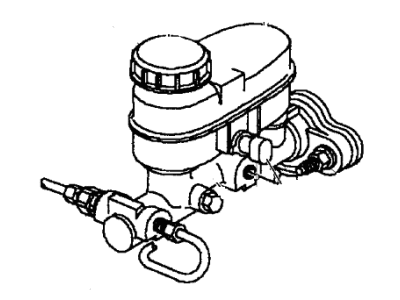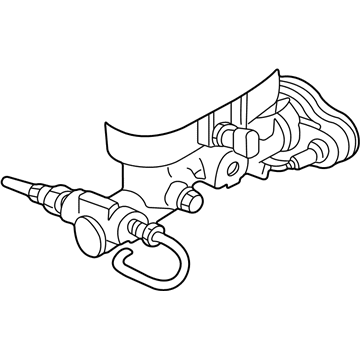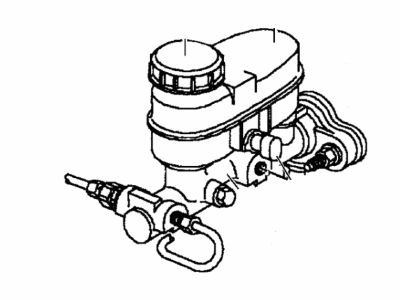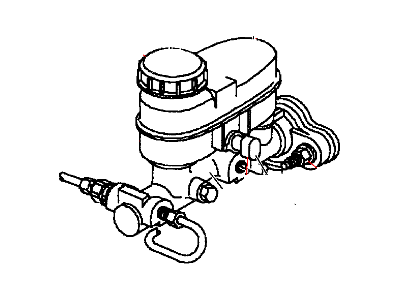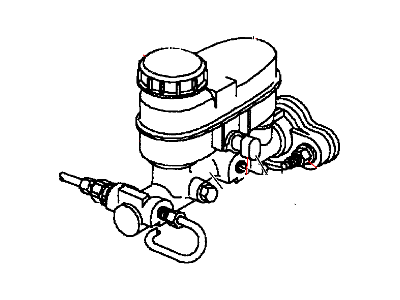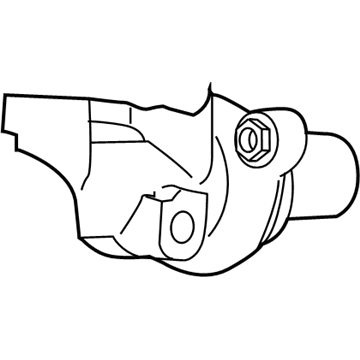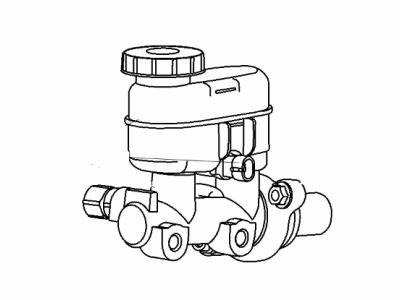
My Garage
My Account
Cart
Genuine Dodge Neon Brake Master Cylinder
- Select Vehicle by Model
- Select Vehicle by VIN
Select Vehicle by Model
orMake
Model
Year
Select Vehicle by VIN
For the most accurate results, select vehicle by your VIN (Vehicle Identification Number).
11 Brake Master Cylinders found

Dodge Neon Power Disc Brake Mastr Cylinder
Part Number: 4762628$21.75 MSRP: $126.00You Save: $104.25 (83%)
Dodge Neon Brake Master Cylinder
The Brake Master Cylinder in Dodge Neon is the major component of braking system that manipulate the pressure exerted by the foot of a driver into hydraulic pressure in order to move the slave cylinders. This mechanism works with the help of hydraulic brake system where pressure is applied on brake fluid which in turn makes the calipers or drum of break come into contact with the rotating wheel to stop the particular vehicle. Most Dodge Neon models come with dual circuit master cylinders and this means that if one circuit is a failure then the other one can provide and supply the necessary braking forces. Of the two, Dodge Neon Brake Master Cylinders may contain an integrated fluid reservoir while the other uses an external reservoir Depending on the model the Master Cylinders may be made of nylon, plastic or just metal. The differences in reservoir design are due to, cap types, an integral reservoir will have a single cap and external ones have threaded caps. Regardless of the style, the primary function remains the same: to ensure that the brakes keep on functioning effectively as well as to ensure that safety is observed. This can cause water to fill up in the Brake Master Cylinder and the problem becomes hard to deal with, it is therefore important that Brake Master Cylinder in Dodge Neon vehicles are properly maintained and serviced to reduce the chances of water getting into the system.
Looking for affordable and high-quality auto parts? Then you have already arrived at the proper online shop. We offer all Dodge Neon Brake Master Cylinder at great affordable prices. Moreover, all genuine Dodge Neon Brake Master Cylinder come with a manufacturer's warranty. In the long run, you would realize you have saved a lot of trouble and money with OEM parts from here.
Dodge Neon Brake Master Cylinder Parts Questions & Experts Answers
- Q: How do you remove and install Brake Master Cylinder on Dodge Neon?A:On ABS equipped models, the vacuum in the vacuum booster must be pumped down prior to removing the Brake Master Cylinder to prevent foreign matter from being sucked into the vacuum booster. With the ignition switch off, pump the brake pedal 4 to 5 times until a firm pedal is achieved without vacuum assist. Place rags under the Brake Line fittings and prepare caps or plastic bags to cover the ends of the lines once disconnected, taking care to cover all painted surfaces to avoid damage from brake fluid. Unhook the clip and unplug the electrical connector from the brake fluid level sensor. Loosen the tube nuts at the ends of the brake lines entering the Brake Master Cylinder using a flare-nut wrench to prevent rounding off the flats on these nuts. Pull the brake lines away slightly and plug the ends to prevent contamination, also plugging the openings in the Brake Master Cylinder to prevent fluid spillage. Clean the area where the Brake Master Cylinder attaches to the vacuum booster with aerosol brake cleaner, then remove the two Brake Master Cylinder mounting nuts and take the Brake Master Cylinder out of the vehicle. Remove the reservoir cap and discard any remaining fluid. Bench bleed the Brake Master Cylinder before installation by mounting it in a vise and attaching a pair of bleeder tubes to the outlet ports. Fill the reservoir with the recommended brake fluid and slowly push the pistons into the Brake Master Cylinder using a large Phillips screwdriver to expel air into the reservoir. Repeat until no more air bubbles are present, then remove the bleed tubes one at a time and install plugs in the open ports to prevent leakage and air entry, followed by installing the reservoir cap. Install the Brake Master Cylinder over the studs on the power Brake Booster and tighten the nuts finger-tight. Thread the front brake line fittings into the Brake Master Cylinder and the rear lines into the proportioning valves, ensuring the Brake Master Cylinder remains slightly loose for easier fitting. Tighten the Brake Master Cylinder mounting nuts to the specified torque and securely tighten the brake line tube nut fittings. Fill the Brake Master Cylinder reservoir with fluid, then bleed the Brake Master Cylinder and the rest of the brake system by having an assistant depress the brake pedal while loosening the fitting to allow air and fluid to escape, repeating this on other fittings until the fluid is free of air bubbles. Reinstall any components removed for access to the Brake Master Cylinder, re-check the brake fluid level, and carefully check the operation of the brake system before driving the vehicle in traffic.


